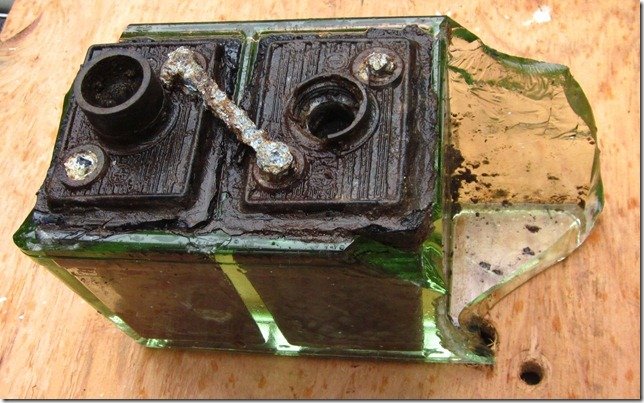Editor’s note: This article originally ran in 2013 believe it or not. It’s kind of depressing how little I had to change it and how little progress has been made in battery technology.
Well, you’ve recently seen the demos of the new iPhone 15. You probably want one. The thing, though, is you wish it were half the weight. You also wish it would last four times as long on a charge. You want your next laptop to be feather-light and super-thin. You’d love an electric car that got the equivalent of 200 miles to the gallon, and let’s face facts, it would be super-cool to get solar and stop paying the electric company. There’s only one problem with this utopian vision: batteries.
This is definitely not a new problem
It’s not like we didn’t know this half a century ago. Battery technology hasn’t kept up with everything else. Today’s batteries are maybe twice as efficient as they were in 1990, yet computers are hundreds of times more powerful. There have been some improvements in packaging but more and more, we see that the size of the battery dictates the size of the device. Your phone is really nothing but a huge battery with a few other bits thrown in. That “max” sized phone you crave? It’s about 80% battery by volume.
There have been some hopeful technologies, but in the end today’s batteries are really the same things they were fifty years ago, and that’s a problem. There’s only so much magic you can work with packaging and power management. It’s hard to imagine any more miracles in miniaturization until we see some improvements in battery life.
A few months ago, Toyota made a bold claim that they had finally created a stable, affordable solid state battery. Solid state batteries are sort of the holy grail for a lot of these devices. They can be a structural part of a device, they take up less room for the amount of energy stored, and they can charge more quickly. The only problem is that companies have been trying to make them work for about a decade and they can’t crack the code. I’m not sure if Toyota’s done it, but I guess it doesn’t hurt to hope
The real truth about battery performance
What’s funny is that if you look at real battery performance over the last generation or so, it’s gone down in most cases. Laptop battery life, commonly 4-6 hours in 2000, has generally gone down in the interest of making things lighter. Cell phone battery life, though, has taken a sharp drop. Remember when a cell phone lasted a week on a charge? Sure it wasn’t doing a whole lot but you still didn’t have to worry about it losing battery all the time. The watch situation is even more dire. Smart watches last a day or so on a charge compared to several years for a regular watch. That’s definitely not an improvement.
It would be great to end this story on a positive note. I’ve been out here hoping that batteries would improve for a very long time. There have been some bright spots. Using gel packs instead of plastic cases for batteries has made them better because they can fit in different spaces. Tesla has led the charge in producing batteries with much greater energy densities for electric cars. But when it comes to our average home electronics, there’s been next to no improvement for a decade. I guess I’ll rewrite this article again in 2033 and hopefully there will be something happier to report.





